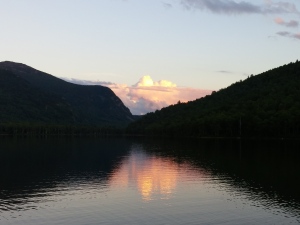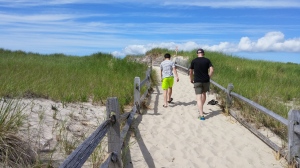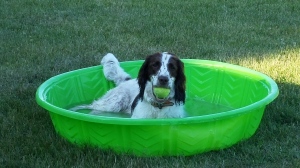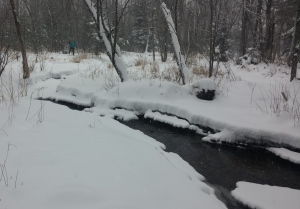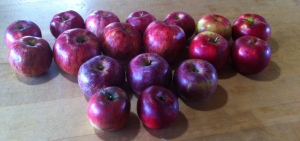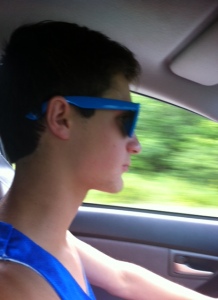
I knew better, but I did it anyway. I was on a Facebook wildlife page and someone was wondering how to protect turtle eggs from predators after mama turtle laid them in her yard. The responses were what you’d expect: here’s a system I use, aw isn’t she sweet, and Let Nature Run Its Course. I usually refrain from responding, but I was tired and hot and it was the second time in a week, and my control slipped. I wasn’t the only one to take issue, so at least I had company.
The Natural Balance will sort it all out, we were told. If we protect the turtle eggs, we starve a predator. Who are you to play God? And while I’m all in favor of letting nature take its course in an unsullied ecosystem, there are almost none of those left and certainly none where I live. If we contribute to a problem, it’s important to help fix it.
At first glance, rural central Maine looks like one of those unsullied places, but the human imprint here is deep. We have the same situation as elsewhere: increased populations of raccoons and skunks who eat anything they can find, which is easier than ever because we keep opening up habitat for them. I love raccoons and skunks, but I’m also aware of their impact on nesting birds–and turtles.
And playing God? Well, yeah, we play God all the time. And so does the commenter. Does she live in a house? That disrupted the natural balance. Does she mow the lawn? The number of critters impacted by that is boggling. Does she drive a car? You get the point. We all play God, for lack of a better term, all the time, often without considering our impact. It’s a sad fact of our 21st century lives.
So since we created this problem, I think it’s incumbent on us to help mitigate it. Notice I didn’t say solve it, though that would be nice. There are probably too many of us, and too little will, for that. But at least we can put some wire down over the turtle nest to keep out predators. We can monitor it for hatching so the little ones have a fighting chance.
We can put up nestboxes for tree swallows, kestrels and bluebirds–and watch them so invasive English house sparrows don’t harm the inhabitants (who now need supplementary housing because we cut down the snags they once used).
I lost a nestbox of tree swallows this summer, probably to a house sparrow, and was met with the same online response: let nature take its course. Well, yeah, if the culprit weren’t an introduced, aggressive, invasive pest. But since I put up the box, it’s my responsibility to take care of the residents and so now my second box has a sparrow spooker on it.


The kestrels get a box because European starlings took over a nesting place–another invasive species that harms our native ones. You’d think kestrels could take a starling, but you’d be wrong. Starlings will wreck their eggs.

So I’ll be here monitoring my nest boxes, helping turtles cross the road, growing milkweed, raising monarch caterpillars, leaving leaving part of my yard unmowed for birds, pollinators, and other wildlife, and trying to balance the scale against my impact. I am under no illusion that it’ll come out even, but at least it’s a start.

